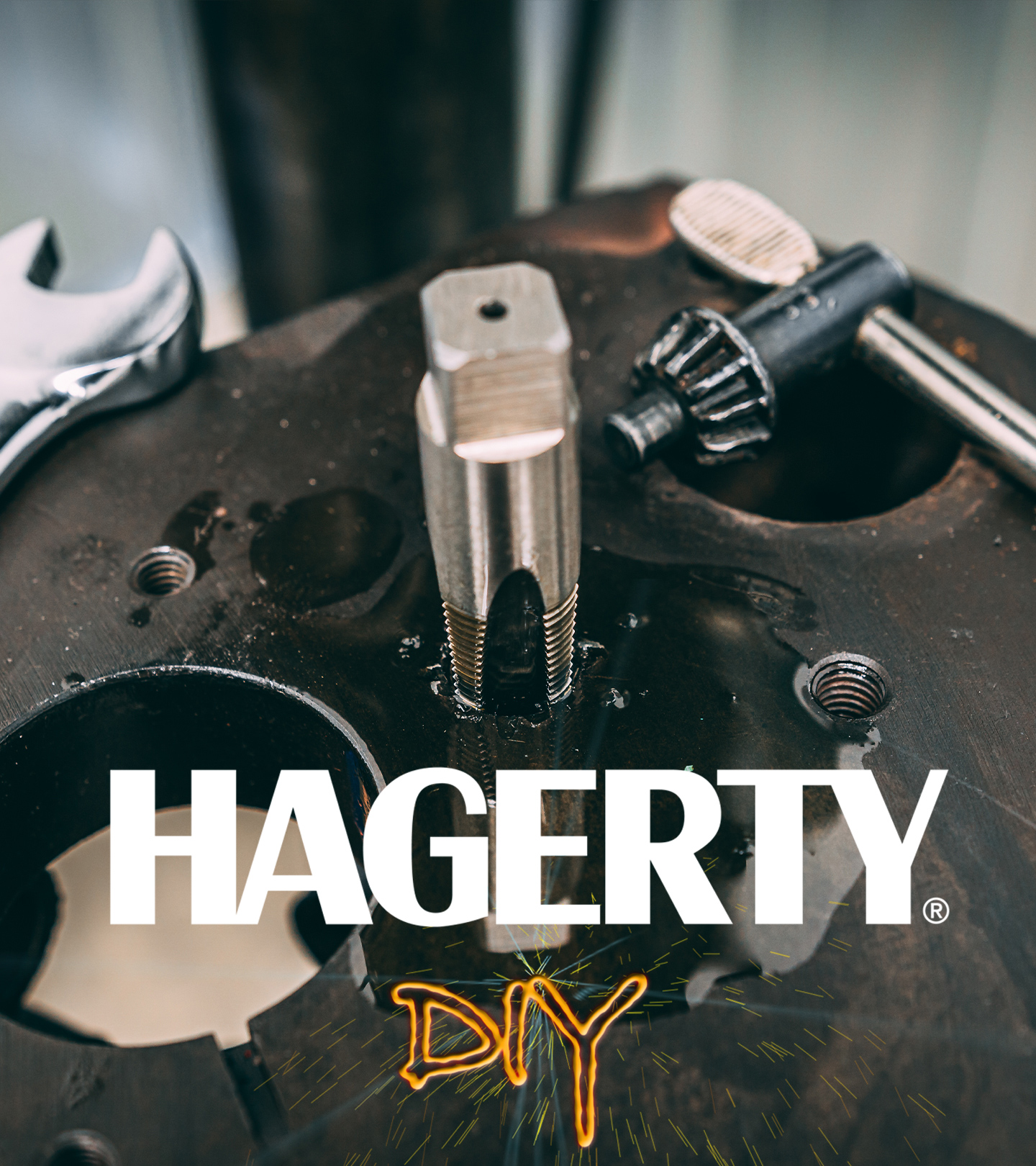Working on our Buick Straight 8 again | Redline Update - Hagerty Media
In the latest Redline Update, Davin’s taking a quick break from the Redline Rebuild 1950 Chevrolet 3600 pickup and instead forging ahead on the Buick straight-eight. The tear-down has been long completed with plenty of delays, which kept Davin and the cylinder head away from the machine shop. Luckily, he made his way over to the Thirlby Automotive machine shop and is making headway—pun intended.
To start on this one, it is worth mentioning that this engine is not getting a factory-correct rebuild. There are some really sweet speed parts on the workbench waiting to be bolted up. With that in mind, making small changes inside the engine in the interest of easy service and a small power bump makes sense. One of the easiest ways to increase power on a vintage engine like this one is to increase the compression ratio. The first small change to help with that is the valves.
The factory Buick valves were machined with a heavy dish on the valve face. This cone effectively lowers the compression ratio of the engine by giving the gasses being compressed by the upward traveling piston a place to hide. Lower compression is more forgiving to tuning, but it is also leaving power on the table. Davin doesn’t typically leave power on the table.
Especially when it is easy enough to switch out the valves for new pieces from a more modern Buick engine. The valves Davin selected are from a 400 V-8, and they’ll require some small changes—slightly taller spring and slightly larger seat—but the face of the valve does not have the same compression-absorbing dish as the factory valve. Davin even takes the time to show how you measure exactly how much less air can displace itself into the valve head under compression, a process commonly referred to as CCing.
Then he uses that same technique on the combustion chambers after all the machine work is done. By decking the head (which removes material from the surface that mates to the engine block), the compression is increased a small amount again. Both of these small changes allow the head to achieve the 8.5-to-1 compression ratio that Davin is aiming for without increasing the dome on the pistons significantly. That means a lighter piston, which makes for a snappier engine.
It just goes to show that small details make for great engine builds. You certainly can just slap an engine together and it’ll run great, but little touches like Davin takes the time to execute separate the best from the rest. Be sure to subscribe to the Hagerty YouTube channel to see what else Davin has up his sleeve.










